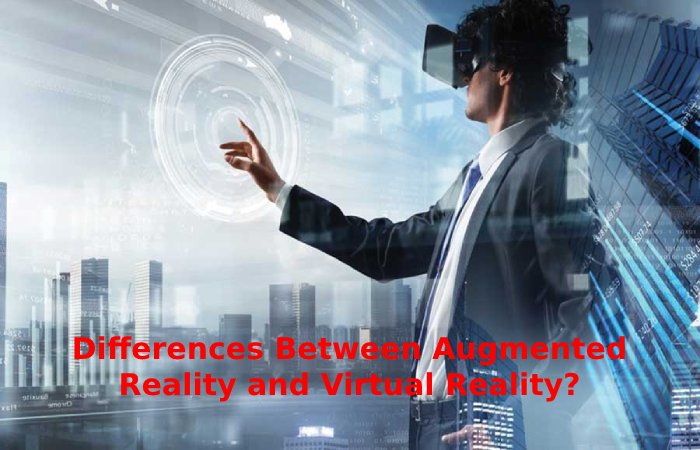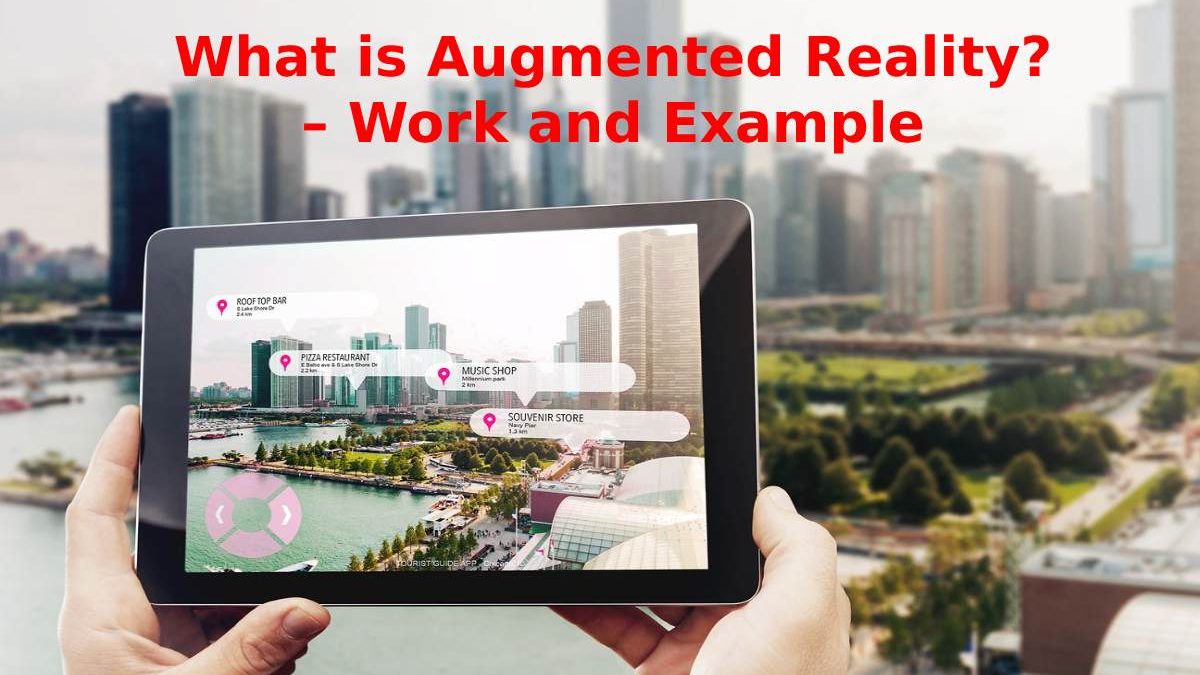Table of Contents
Introduction
Augmented Reality (AR) assigns the interaction between virtual environments and the physical world, allowing both to intermingle through technological devices such as webcams, mobile phones (IOS or Android), and tablets, among others.
In other words, AR embeds virtual objects in the physical context and displays them to the user using the natural environment’s interface with technology’s support. This resource has revolutionized how we deal with our tasks (and even those we assign to machines).
In this way, we can affirm that Augmented Reality is characterized by:
- combine the real and virtual world;
- offer real-time interaction;
- adapt to the environment in which it is inserted;
interact with all the physical abilities of the domain (in three dimensions).
Have you observed that we refer to Virtual Reality as an integral part of Augmented Reality? It is because AR and VR are two different concepts, although commonly confused, and in many cases, they work together.
Differences Between Augmented Reality and Virtual Reality?

Although they have a very similar names, their characteristics and objectives are quite different.
While Virtual Reality creates a new environment detached from the real world, Augmented Reality includes digital components in the physical world around us.
Both require a technological intermediary to access them. However, they offer different experiences for users.
Virtual reality replaces the “real” with 100% virtual content. This technology allows, for example, to enter games, scenarios, and environments where the user performs actions, moves, and interacts with fully digital content through complete immersion.
On the other hand, Augmented Reality projects information (such as images, graphics, characters, and texts) in the real world, providing a new vision of physical space.
A practical example is Pokémon Go, which shows the characters that must be captured in the environment where the user is playing as if they were part of the place.
Also Read: What is the Metaverse? – Everything you Need to Know
How does Augmented Reality Work?
The combination between the real (physical) world and the virtual world is the main objective of this technology. Thus, for Augmented Reality to be reproduced, 3 fundamental components are needed:
- a natural object that functions as a reference for the interpretation and creation of the virtual object.
- The presence of a device with a camera, such as a mobile phone, transmits the actual object’s image.
- The software is answerable for interpreting the signal transmitted by the camera.
The real object is transmitted through the camera to the software, which receives the image and combines it with 3D projections.
In turn, the projections are insert into the image and superimpose on the physical environment, reflecting the result of the AR to the user.
4 Examples of Augmented Reality for our daily Lives
It is unnecessary to look too hard to find practical examples of Augmented Reality that can, and in many cases already, be apply in our routine. Whether for entertainment, optimizing tasks, or facilitating processes, among others, AR is always present.
Next, we give you 4 practical examples of its use.
1. Application Filters
A perfect example of augmented reality that has gone viral is the Snapchat and Instagram filters. The app calculates landmarks in the camera image based on thousands of previously collected photos. In this way, it ideally manages to insert the “digital drawings” of the filters.
It then uses a 3D mask to interpret the user’s movements, so even when we move or change position, the filter adapts to the scene in real time.
2. Qr Code
QR Code is an substitute to the traditional barcode. The label made up of black and white squares can store a lot of information, such as the origin and technical specifications of a product.
When the camera captures the image of the figure, the software “translates” that content. The result can be a text, an idea, or a link to a website.
3. Google Translate
Google’s translation app allows you to automatically detect languages and translate words and phrases written on signs and plaques using a photo taken with your mobile phone’s camera.
A resource whose use is straightforward but can be extremely useful in various situations.
4. Google Maps
And still, on Google products, the Google Maps application also allows you to use Augmented Reality to receive navigation guidance on making a particular journey and getting to a place.
The Live View feature uses the mobile phone’s camera to project turn-by-turn directions onto the real world.
Conclusion
Augmented reality is already a trend in various markets. It is being use increasingly by companies worldwide, making consuming information and products more practical, easier, and faster.
From what everything indicates, AR technology will undoubtedly cause an even more significant impact in the coming years, turning the shopping experience into an even more personalized one.
Also Read: What is Marketing Automation? – Benefits, Types, and More


